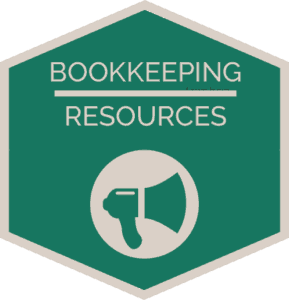Your guide to estimated quarterly taxes, how much you have to pay, and when you have to pay them.
When you’re an employee, paying your taxes is simple–you just tick off a few boxes on your tax form and viola, your taxes are paid.
For freelancers, entrepreneurs and small business owners, though, figuring out when and how much tax to pay isn’t so cut and dry. Read on to find out who should be paying quarterly, how to estimate payments, and what happens if you get it wrong.
 Who Pays Quarterly Taxes?
Who Pays Quarterly Taxes?
According to the IRS, sole proprietors, partners, and S corporation shareholders who make $1,000 or more must pay quarterly estimated taxes. Corporations who make $500 or more are subject to the same rules. So basically, if you are making even a tiny bit of profit, you should be paying estimated taxes.
When you’re an employee, taxes come out of your paycheck to pay federal income tax, Social Security, unemployment, Medicare, and sometimes disability insurance and local taxes depending on where you live.
1099 subcontractors and business owners are responsible for paying those taxes directly to the IRS and state tax agencies, and the government wants that money when you make it, NOT as a lump sum when you file your tax return.
Quarterly taxes can take a big, painful chunk out of your earnings, but there’s actually a benefit to you for paying them—most people find paying four times a year means smaller, more manageable tax bills. Not to mention, if you fail to pay your estimated taxes you might get hit with tax penalties or have to pay interest. More on those penalties later.
How Do Quarterly Taxes Work?
If you’re responsible for making quarterly estimated payments, your accountant or tax software will usually give you remittance coupons to send in with your payments. You can also make your payments online to the IRS here. The IRS’ 1040-ES form is for individuals, and 1120-W is for corporations. Payments are due on these dates:
- First Quarter: April 15
- Second Quarter: June 15
- Third Quarter: September 15
- Fourth Quarter: December 15
Worried about forgetting those dates? Sign up below to keep our Tax Calendar handy—we’re here to help!
So how much do you have to pay? If you’ve been in business for more than one year, you’ll make those estimates based on what your tax bill was for last year. For example, if you had a $4,000 tax bill last year, this year you will pay an estimated tax of $1,000 per quarter ($1,000 per quarter x 4 quarters = $4,000 taxes paid). If you earn significantly more or less than you did last year, you should adjust those estimates accordingly.
If you’re just starting out as a freelancer or business owner, estimations gets trickier. A best practice when it comes to bookkeeping and taxes is to squirrel away 30% of all income in a tax account. When estimated taxes roll around, you will have the money saved and making the tax payment will be easy. You may not need the full amount saved, but it’s a great feeling when you have it on hand.
What Happens If You Don’t Pay Quarterly Taxes?
Remember when we mentioned penalties? We weren’t kidding. Failure to make estimated payments, failure to make estimated payments ON TIME, and underpayments can all lead to penalties. Interest may apply on top of those penalties as well. Don’t you already give the IRS enough money? You definitely want to avoid penalties and interest if you can.
Estimated taxes can be a pain point for any freelancer or business owner, but they’re a necessarily evil. Keeping your books in order, either with a good software system (if you haven’t noticed, we like QuickBooks Online), or a dedicated bookkeeper will make staying on top of your tax bill much easier. A tax professional or CPA can help you figure out what you can deduct to help offset your taxes due. Handing over the right amount of money to the IRS at the right time can keep more money in your pocket and make your annual tax filing a whole lot easier.

 Who Pays Quarterly Taxes?
Who Pays Quarterly Taxes?